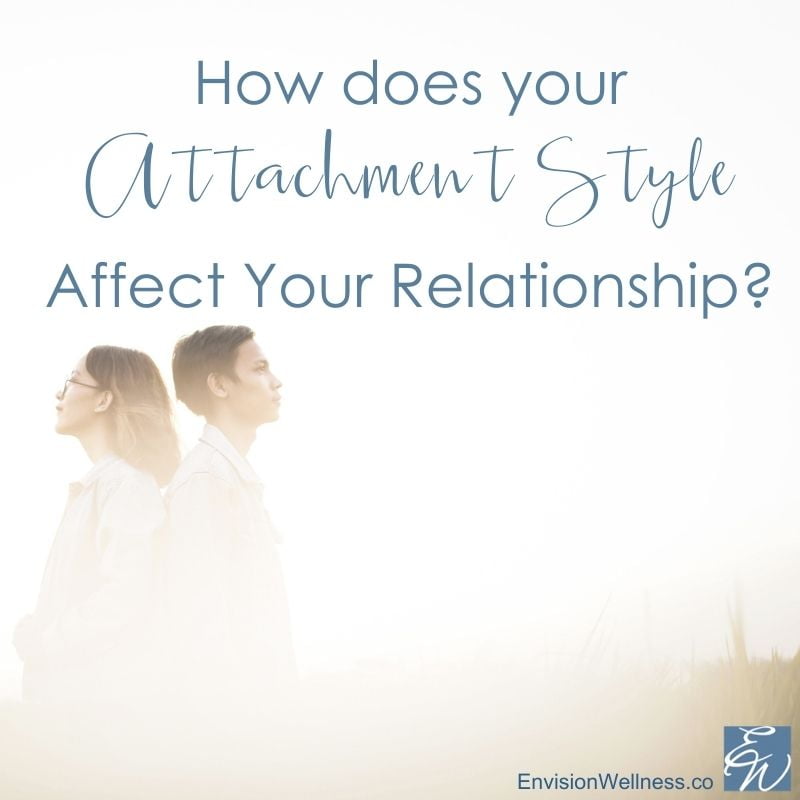Attachments and many other things affects our relationships since they are formed in childhood. Since humans are relational beings, they demand social contact, stimulation, and engagement. The concept of attachment refers to our desire for intimacy or closeness with others. This includes the connections we make and keep with our partners, friends, and family. The importance of attachment in human functioning has an impact on how we relate to and collaborate with others. An attachment is a strong bond between two individuals that goes beyond a simple connection and includes a need for ongoing communication as well as distress when that relationship ends.
How attachments form
In the first few years of a baby’s existence, when they depend on their parents or other caretakers for love, care, and protection from the outside world, attachments are formed. Infants depend on their parents or other caregivers to provide both their physical and emotional needs. Crying is one way a baby may communicate their needs. In a perfect world, the parent or caregiver would be aware of these requirements and meet them by taking care of the baby.
As the baby grows, it is during these encounters that the child can build an attachment to their parent or other caregiver. They discover that the world is safe during this attachment, and ideally they establish a safe foundation from which to explore the rest of the world. The link that develops between the caregiver and the child during this reciprocal attachment process is one of intense loving.
Attachment styles in adults
Infants learn to love, care for, and trust people through attachments, which they use as they mature into adults. Their capacity to control their emotions and recognize other people’s ideas and feelings is influenced by their early attachment experiences. Insecure attachments can develop and persist throughout adulthood if an infant’s needs are not addressed adequately and they are not given the chance to create the trustworthy, meaningful bonds with their parents or other caregivers that are so important. Adult attachment styles that are both secure and unstable are listed below.
Secure
People who had a secure attachment style were lucky to have had parents or other primary caregivers who constantly attended to their needs and gave them the confidence to feel independent as well as reach out to others when needed. They are more likely to be able to handle stress and adversity and may confidently pursue happiness in their life. These people are more likely to handle care, love, and nurturing connections and to have positive interpersonal relationships. They’ll be able to feel at ease with both closeness and independence more easily.
Insecure / Anxious-preoccupied
People who have anxious-preoccupied attachments generally need emotional intimacy with others but discover that others are frequently reluctant to be as close to them as they would like. Without personal ties, they could feel uncomfortable, but they might also fear that they value others much more than others value them. They will frequently want extreme degrees of closeness, acclaim, and responsiveness from others. They have a propensity to appreciate closeness so highly that they rely excessively on their companions. Anxious-preoccupied people typically have considerably lower self-esteem and experience anxiety, which may only get better when they are with their spouse. When a spouse or buddy is unresponsive, they frequently question their value as a partner and blame themselves.
Dismissive-avoidant
People who have an avoidant-dismissive attachment style are more likely to be emotionally detached, disengaged, or distant. They may have a propensity to think that the individuals in their lives won’t be able to satisfy their requirements. These people are uncomfortable in relationships and might be detected as being a little more distant from others. Additionally, these people are more prone to stick around in familiar and secure environments than than risky or challenging ones. These people had parents that were largely detached from them while they were young. As an infant, they might have been left to wail for extended periods of time with the purpose of cultivating independence. After that, the kid learns
Fearful-avoidant
People who have a fearful-avoidant attachment style may have suffered losses or trauma in the past, such as sexual abuse as a kid or adolescent. They will feel conflicted about having close relationships. They want to be close to someone, yet they also find emotional connection to be challenging and uncomfortable. If they allow themselves to get close to someone, they will find it difficult to fully rely on them or trust them, and they may occasionally worry that they will be hurt.
Often fearful-avoidant individuals will have a set of negative emotions and feelings about themselves and tend to view themselves as unworthy of responsiveness from their partners. Due to this, they will find it difficult to seek intimacy from others, not trust the true intentions of their partner and will be less able to express their affection.
How can therapy help?
Adult attachment styles are frequently not immediately apparent on the surface, and it’s possible that you are wondering why relationships are failing or why it’s so hard for you to build trust with other people. You can examine your adult attachments in therapy, reflect on your former relationships, and gain a better understanding of any relational patterns that may be present in your life. Therapy can offer you a secure, nonjudgmental space. Additionally, it will help you find strategies to strengthen existing bonds with others and feel more confident about forming new bonds in the future.

